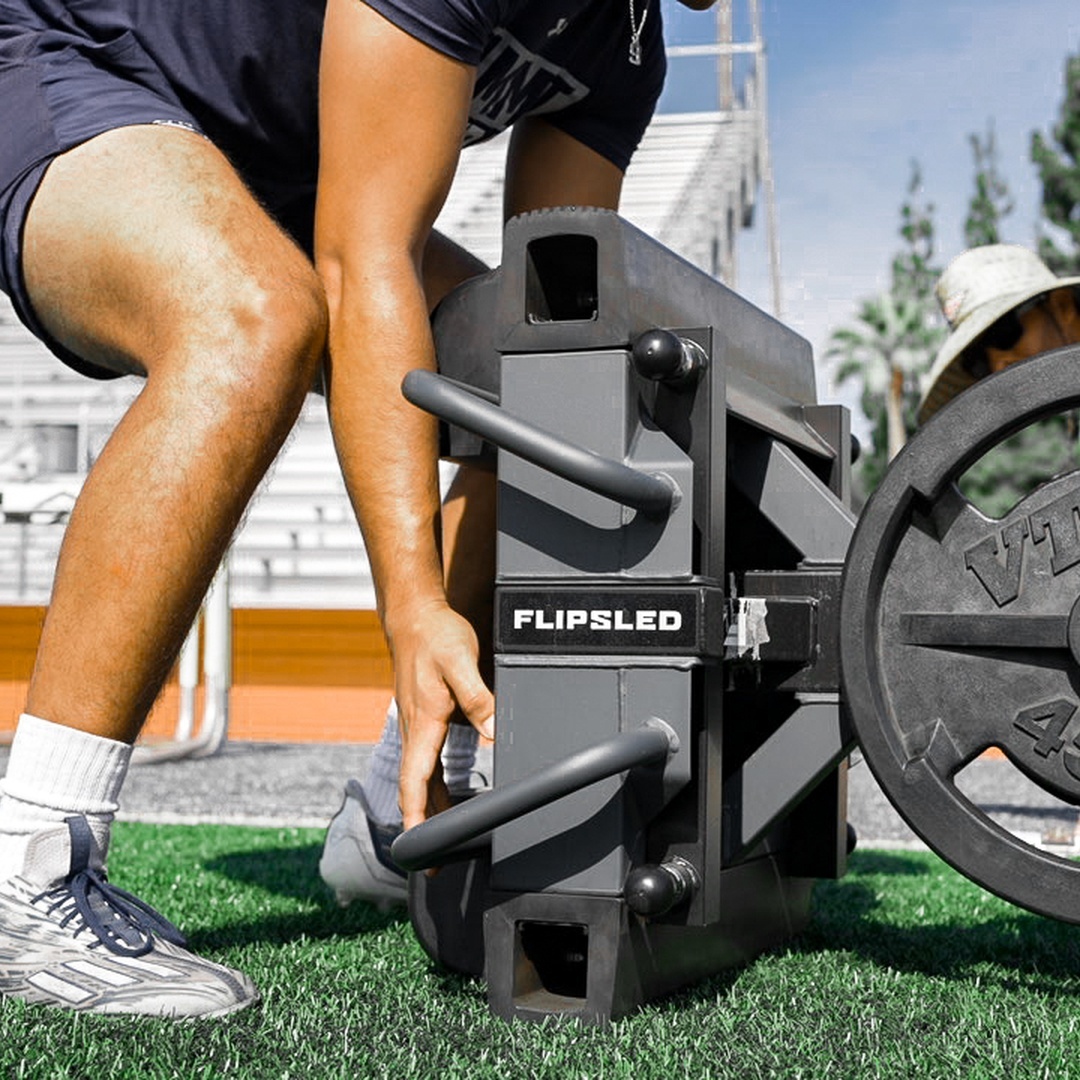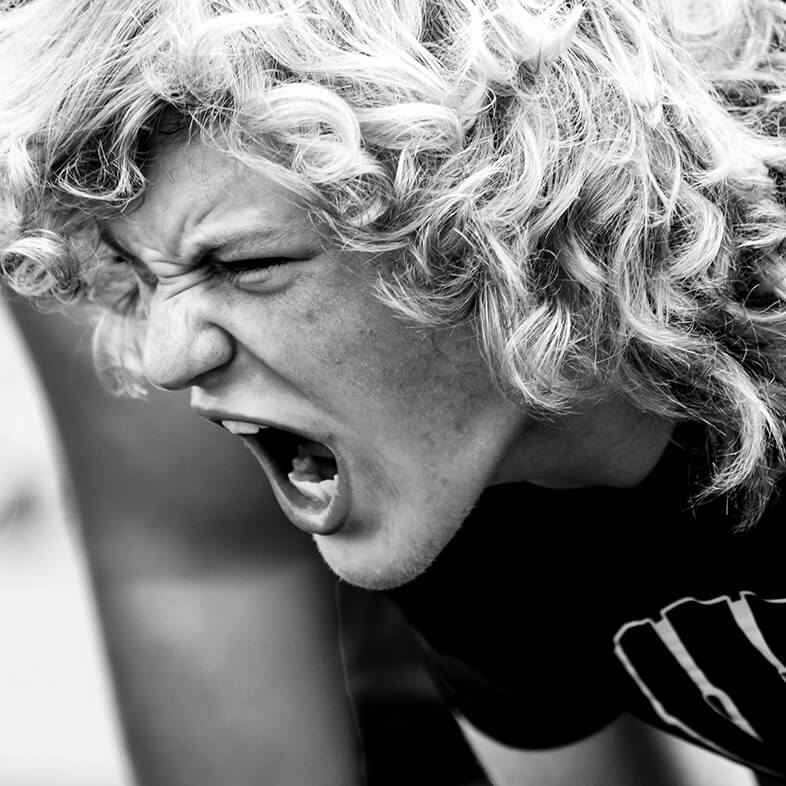Athletic development is a systematic process, not a series of random workouts. It involves building athletes through proven principles that work together to unlock peak performance. Whether you are coaching high school athletes or training tactical professionals, understanding these foundational concepts will transform your approach to training.
In this guide, we’ll explain the key principles of athletic development that coaches, team managers, and fitness enthusiasts must know. From building foundational strength to developing explosive power, each principle plays a critical role.
1. Strength as a Foundation
Raw strength is the bedrock of all athletic qualities. Without a solid base of strength, athletes cannot produce the force they need to excel. This principle emphasizes multi-joint compound movements that engage several muscle groups at once, building functional strength that translates directly to performance.
Key exercises include squats, deadlifts, bench presses, overhead presses, and rows. These movements build the base-level strength necessary for more explosive actions. Proper form is non-negotiable. Executing lifts with correct technique ensures athletes build resilient, functional strength that supports advanced movements without increasing injury risk. This attention to detail protects joints and maximizes the effectiveness of every repetition.
2. Power Development
Power is what transforms raw strength into explosive, game-winning actions. While strength is the ability to produce force, power is how fast an athlete can apply that force. In competition, where inches and fractions of seconds decide victors and losers, this distinction is crucial.
Plyometrics are a cornerstone of power development. Box jumps, depth jumps, and medicine ball throws train muscles to exert maximum force in short intervals. When introducing power training, it is important to start with lighter loads to master technique. Pay close attention to landing mechanics during plyometrics to ensure safety and maximize the training effect.
3. Speed and Agility Training
Speed and agility separate good athletes from elite ones. These qualities allow athletes to react quickly, change direction efficiently, and maintain balance while executing complex movements under pressure. Speed is not just about straight-line sprinting; it also includes the ability to accelerate, decelerate, and change direction with control.
Ladder drills are excellent for improving footwork, lateral movement, and coordination. They enhance the neuromuscular pathways that allow athletes to react to opponents while maintaining stability. Short sprints from a three-point stance improve initial acceleration by recruiting quick-twitch muscle fibers.
.jpg?width=1200&height=628&name=airborne-athletics-401982-image-a%20(1).jpg)
4. Endurance and Stamina
Another key principle of athletic development is endurance training. Athletic excellence requires the ability to sustain high-intensity effort throughout a competition without succumbing to fatigue. Endurance training builds both cardiovascular capacity and muscular stamina, ensuring athletes perform at their peak from start to finish.
Hill sprints are a powerful tool for boosting cardiovascular endurance while strengthening the hamstrings, glutes, and calves. Farmer's carries are another effective exercise, testing grip strength, core stability, and leg drive while building stamina for extended physical demands. Having the right strength and conditioning equipment is crucial for endurance training. The FlipSled combines explosive workouts with stamina training to help players and professionals develop athletically.
5. Flexibility and Mobility
Flexibility and mobility are fundamental to injury prevention and performance optimization. An athlete with a full range of motion can perform movements more efficiently, reduce strain on joints and muscles, and decrease their risk of common injuries like strains and sprains.
Dynamic stretching and mobility exercises improve posture and reduce muscle tightness. Athletes must bend, twist, and reach in awkward positions during competition, and regular flexibility work ensures they can do so safely. Exercises like lunges enhance balance, coordination, and single-leg stability while improving hip mobility. Single-leg deadlifts and Bulgarian split squats strengthen stabilizer muscles and improve flexibility through functional ranges of motion.
6. Core Stability
The core is the center of all functional movement. It acts as the bridge between the upper and lower body, transferring force and providing the balance needed for powerful, coordinated actions.
Instead of traditional crunches, focus on exercises like planks, Russian twists, and anti-rotation movements. These exercises challenge the core's ability to maintain stability under different loads and movement patterns to develop deep stabilizing muscles. Compound movements like front squats and push-ups also heavily engage the core. A strong core allows athletes to transfer power efficiently from their lower body to their upper body during competition.
.jpg?width=1200&height=628&name=airborne-athletics-401982-image-b%20(1).jpg)
7. Nutrition and Recovery
Athletic development continues long after the training session ends. Nutrition and recovery strategies play a vital role in how the body adapts to stress training and builds the adaptations that lead to improved performance. Athletes must prioritize adequate sleep, proper hydration, and a balanced diet.
A diet rich in protein supports muscle repair and growth, while complex carbohydrates provide energy for training and competition. Hydration is critical, as it impacts everything from cardiovascular function to cognitive performance. Recovery also includes active recovery sessions, foam rolling, and adequate rest between intense workouts. The body builds strength and power during these recovery periods, not during the training itself.
8. Mental Toughness
Physical preparation alone does not create champions. Mental toughness—the ability to maintain focus, push through adversity, and perform under pressure—is what separates those who reach their potential from those who fall short.
Developing mental resilience requires deliberate practice. Visualization techniques help athletes rehearse successful outcomes and prepare for high-pressure situations. Goal-setting provides clear targets and motivation. Mindfulness practices can improve focus and help athletes stay present during competition.
9. Skill-Specific Training
Athletes must integrate general physical attributes into sport- or job-specific skills for maximum success. While strength and conditioning provide the foundation, elite athletes demonstrate their physical capabilities through the technical mastery of movements unique to their discipline or profession.
Skill-specific training requires a careful analysis of the movement patterns, energy systems, and physical demands of a given sport. For example, a football lineman needs to practice the specific movements of blocking, while a tactical professional should simulate athletic scenarios they may encounter on the job, like carrying heavy weights or people.
10. Progressive Overload
To continue improving, athletes must face a progressive challenge. The principle of progressive overload states that training demands must gradually increase over time. Without this, the body adapts to the current workload, and performance plateaus.
Athletes can achieve progressive overload by increasing weight, adding repetitions, reducing rest periods, or increasing training volume. The key is to balance the challenge with recovery. Pushing too hard, too fast can lead to overtraining and injury, while progressing too slowly limits development. Coaches must monitor athletes carefully, adjusting training loads based on performance, recovery status, and proximity to competition.
Integrating the Principles for Complete Development
These principles are deeply interconnected. Elite athletic development programs integrate all of them into a system that builds complete athletes. Strength lays the foundation for power, which works with speed and agility, while endurance training sustains performance.
Whether you’re a football coach or training recruits for the fire department, the FlipSled is here to help you maximize their athletic development. Build strength, power, and endurance all in one versatile training solution. Dominate the competition—train with FlipSled today!
You May Also Like
These Related Stories

6 Keys to Developing Game-Changing Lower Body Strength

How To Train a Beginner vs. an Advanced Athlete

.png?width=2004&height=239&name=FlipSled%20Logo%20HRZ%20WHITE%20(1).png)
